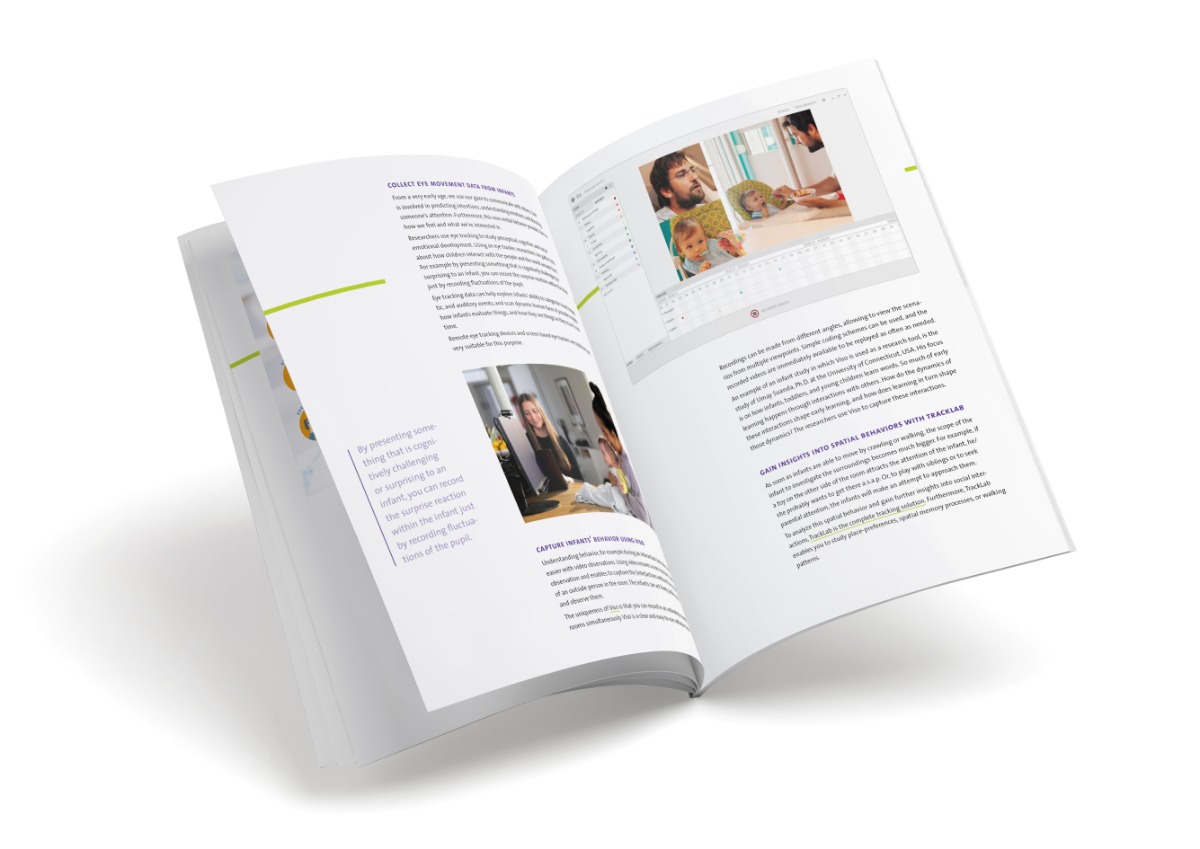Research on
Developmental psychology
Although developmental psychology involves the entire lifespan, researchers mostly focus on the period in which changes follow each other fast, from birth to early adulthood.
Many studies are devoted to children, their education, and development. They explore topics such as children’s basic understanding of the physical world, how children acquire language, how learning behaviors develop, and how they interact socially with other people, for example in parent-child interaction studies.

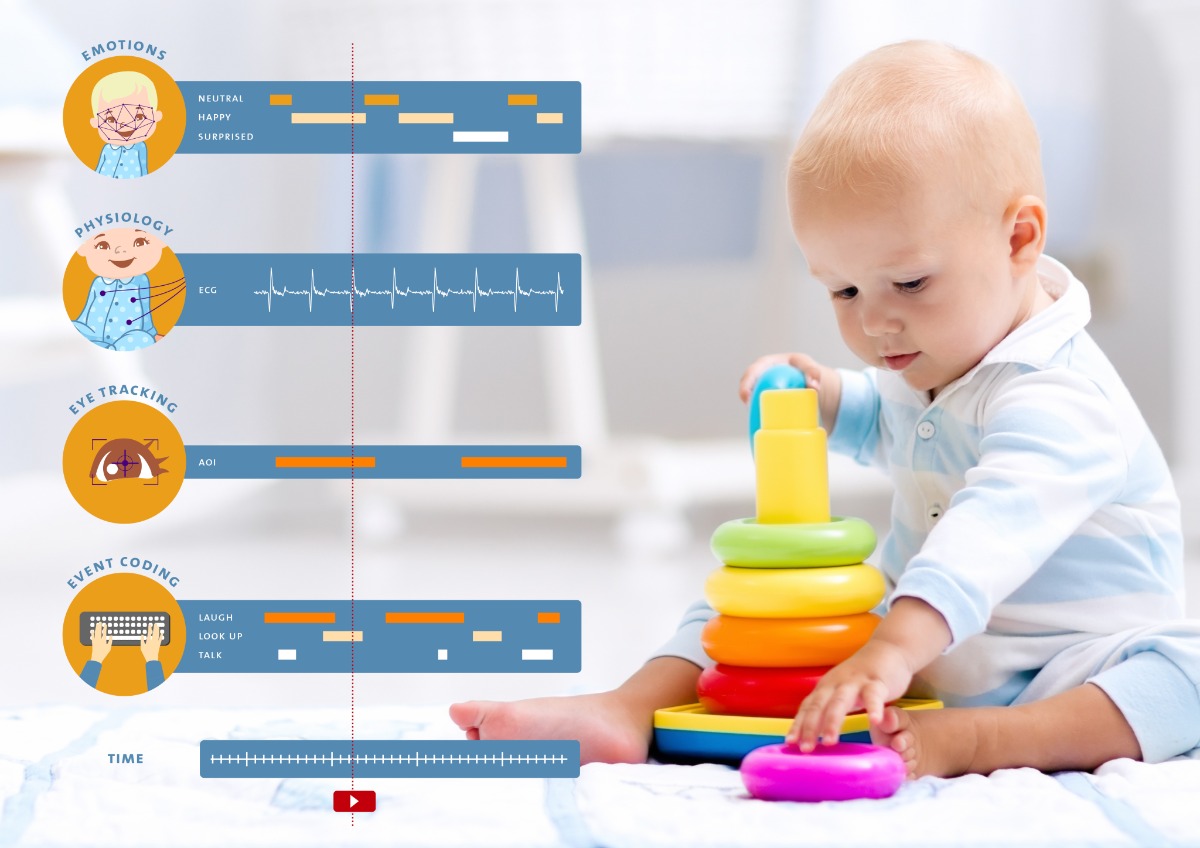
Research tools for infant studies
The use of video greatly expands the scope of such a research project. That’s why numerous of researchers record video and use Viso® and The Observer® XT to capture infants' behaviors and reactions while they perform a task, are exposed to a novel object, are playing with a sibling or peer, or are having a meal.
Coding the videos, whether they are made at home or in a lab, enables you to review, visualize and analyze the behaviors quickly. Moreover, The Observer XT seamlessly integrates all your data streams.
Infants’ facial expressions
Since young infants are unable to provide verbal feedback, their facial expressions can provide extra insights that help us to understand their emotional reactions. Baby FaceReader has been developed as a state of the art system to automatically detect infant facial expressions in order to help address questions in developmental psychology related to affect and developmental disorders such as Autism Spectrum Disorder (ASD). It can help analyze expressive behavior occurring in naturalistic and experimental situations and during parent-child interactions.

"We enjoyed working with FaceReader software; it is easy to use and straightforward."
M. Kemmelmeier, Ph.D.|University of Nevada, USA
Free white paper
Tools for infant studies
Today’s researchers have developed a large number of tests and experiments to get a good impression of developmental processes in infancy. Studies are often carried out using audio and video recordings.
Download this free white paper to read more about these and other software tools available for infant studies.
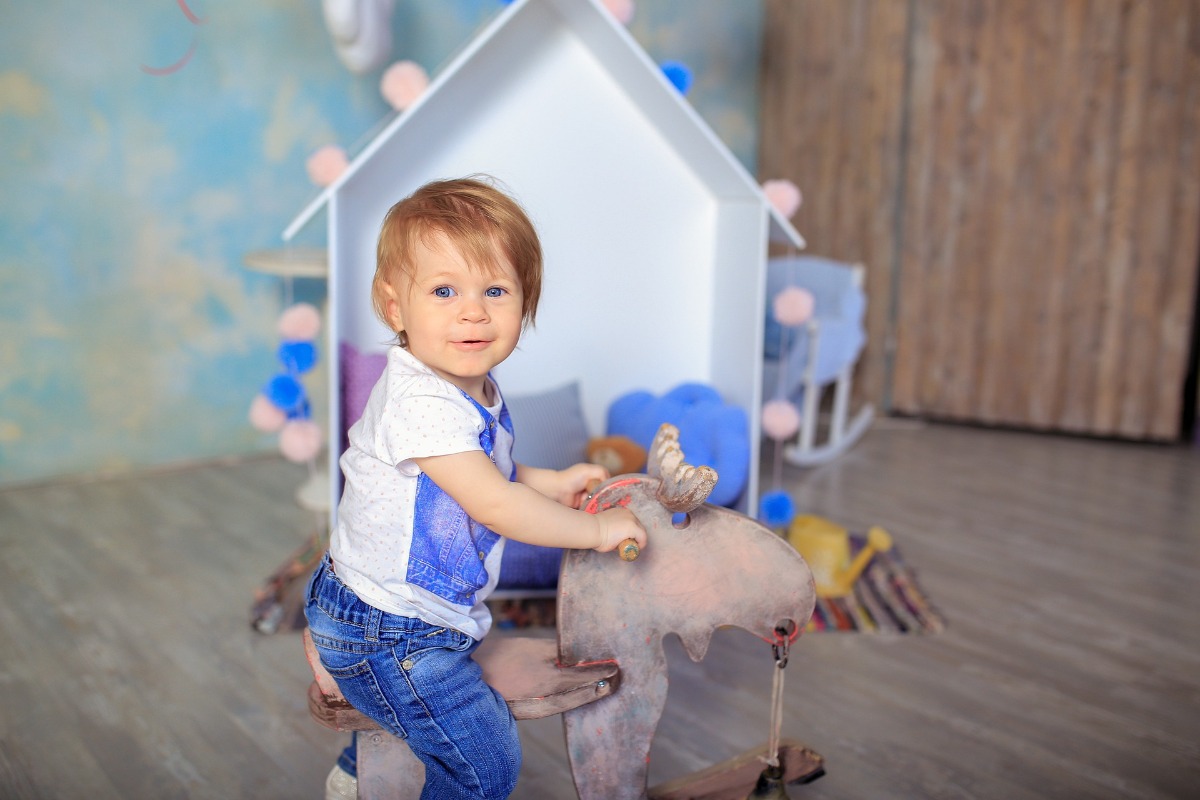
Naturalistic observation
Research is often performed in observation labs. You can observe an infant unobtrusively and in a setting similar to their natural environment. In a controlled environment, you can accurately measure exploratory gaze behavior or emotional reactions.
In a home setting, researchers can use our portable lab, which includes equipment such as video cameras, recording and analysis software, or Pocket Observer, for scoring behavior on a handheld device.
Some researchers use eye tracker data together with video recordings to capture the exact gaze of the infant.
Studying developmental disorders
Developmental disorders have a huge impact on someone's life. For example, children with ADHD or autism may have trouble concentrating in school, paying attention to others, and thinking things through.
Examples of studies
- The purpose of the study of Purpura et al. was to verify if a higher frequency of repetitive movements (described through their rate and duration) could differentiate infants with ASD from infants with Developmental Delay (DD) and Typical Development (TD).
- How can we understand emotional reactivity in children with ADHD? In the study of Tarle and her colleagues the relation between emotion regulation and working memory in children with and without this disorder was examined.
- The Centre for Infant Cognition (CIC), at the University of British Columbia, in Vancouver, Canada, looked at minute eye gaze changes, hand gestures, and the emotions of infants while they observed a moral dilemma or social interaction, which was usually depicted in a puppet show.
- Find more research examples of developmental psychology on our Behavioral Research Blog.
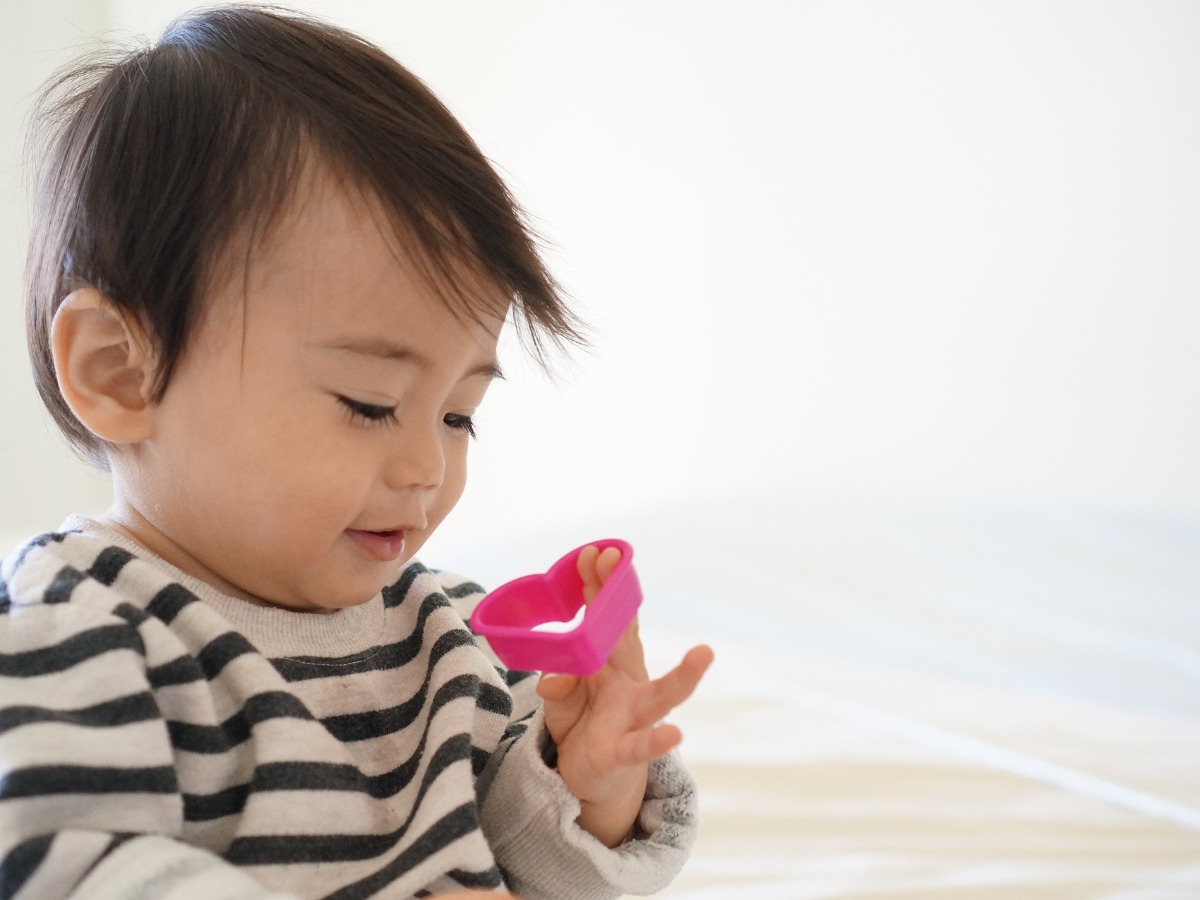
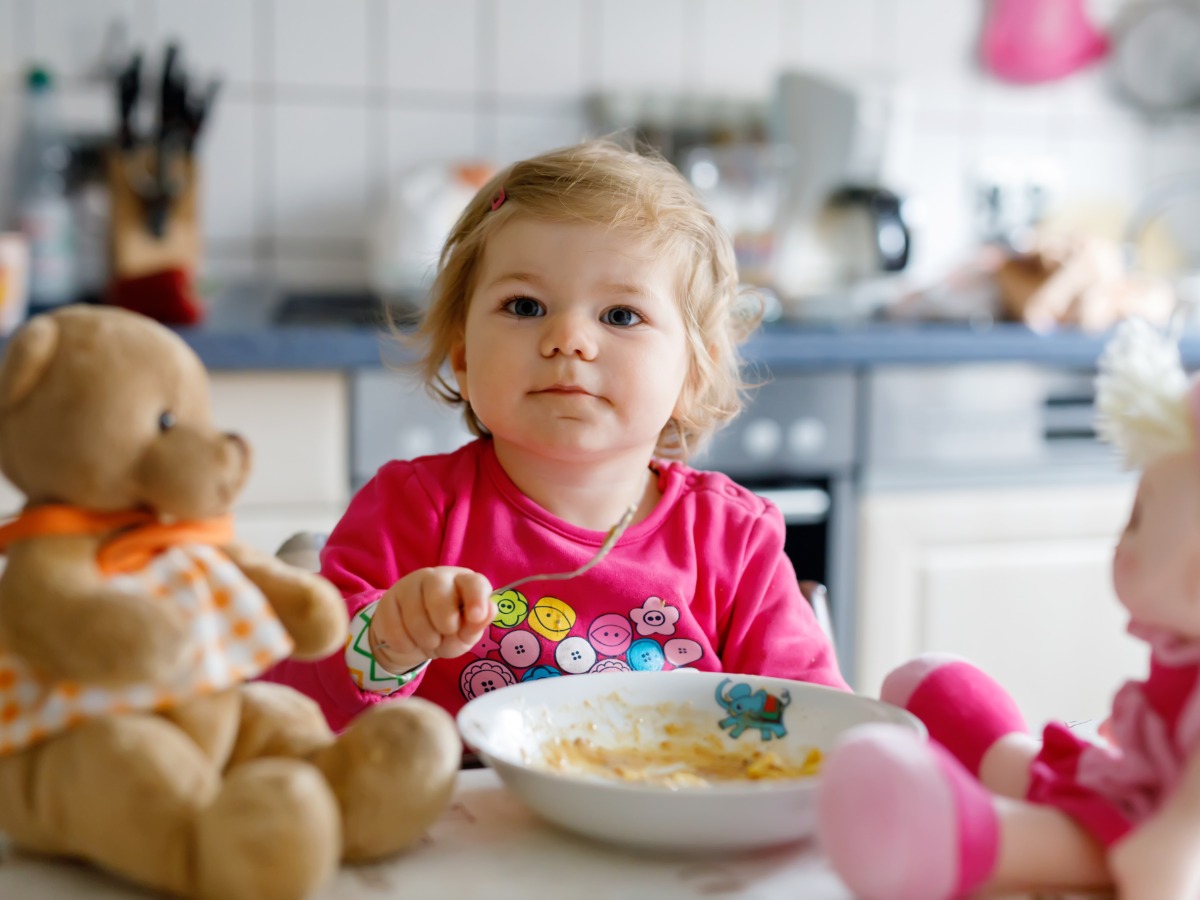
White paper Autism Research
Research on Autism Spectrum Disorder (ASD) has increased enormously over the years, and has resulted in new understanding of how to set up different types of therapy, detect ASDs early in life, stimulate developmental processes, and so much more.
In this paper, we will describe how and why observational research methods are used in autism research worldwide and try to answer two questions: why should we observe behavior, and how can we observe behavior in a structured way?
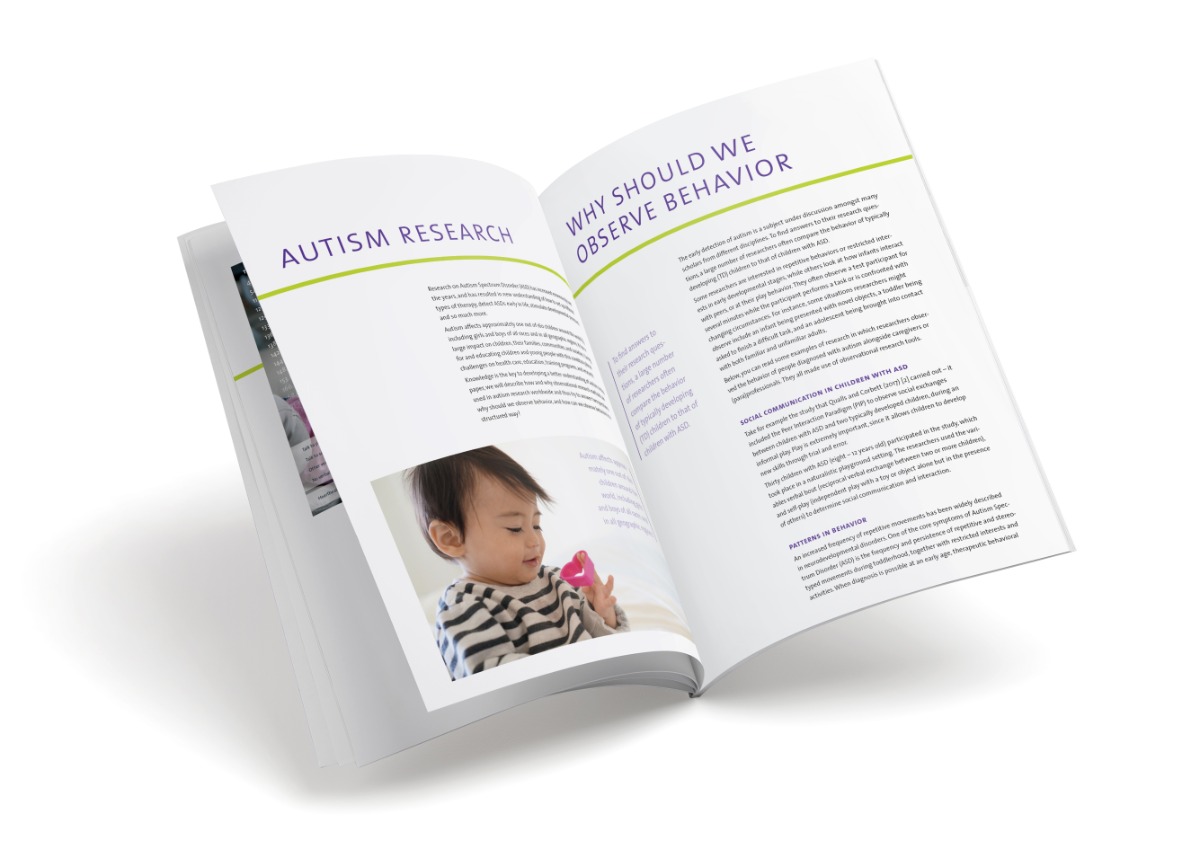
Interesting publications
A diverse collection of scientific articles citing Noldus products are published in renowned journals. The following list is only a small selection of scientific publications.
Don’t want to miss new blog posts? Stay up-to-date and subscribe now! You will receive updates of new blog posts every month.
- Gonzalez, S.L. et al. (2020). Preschool language ability is predicted by toddler hand preference trajectories. Developmental Psychology, 56(4), 699–709. https://doi.org/10.1037/dev0000900.
- Salvadori, E.A. et al. (2021). Infant Emotional Mimicry of Strangers: Associations with Parent Emotional Mimicry, Parent-Infant Mutual Attention, and Parent Dispositional Affective Empathy. IJERPH, 18, 654. https://doi.org/10.3390/ijerph18020654.
- Sandseter, E.B.H. et al. (2021). Associations between Children’s Risky Play and ECEC Outdoor Play Spaces and Materials. IJERPH, 18, 3354. https://doi.org/10.3390/ijerph18073354.
Relevant blogs

The role of inhibitory control on substance use in adolescence
Adolescents are vulnerable to risk-taking behaviors such as substance use. Dr. Roy Otten and his team examined how early childhood stress and inhibitory control influence the risk of adolescent substance use.
Using augmented toys to facilitate play in children with visual impairments
How can we help children with visual impairments in their development of play and social interactions? Drs. Suzanne Verver and her team examined the effects of sound-augmented toys on peer play.
 English
English German
German French
French Italian
Italian Spanish
Spanish Chinese
Chinese
